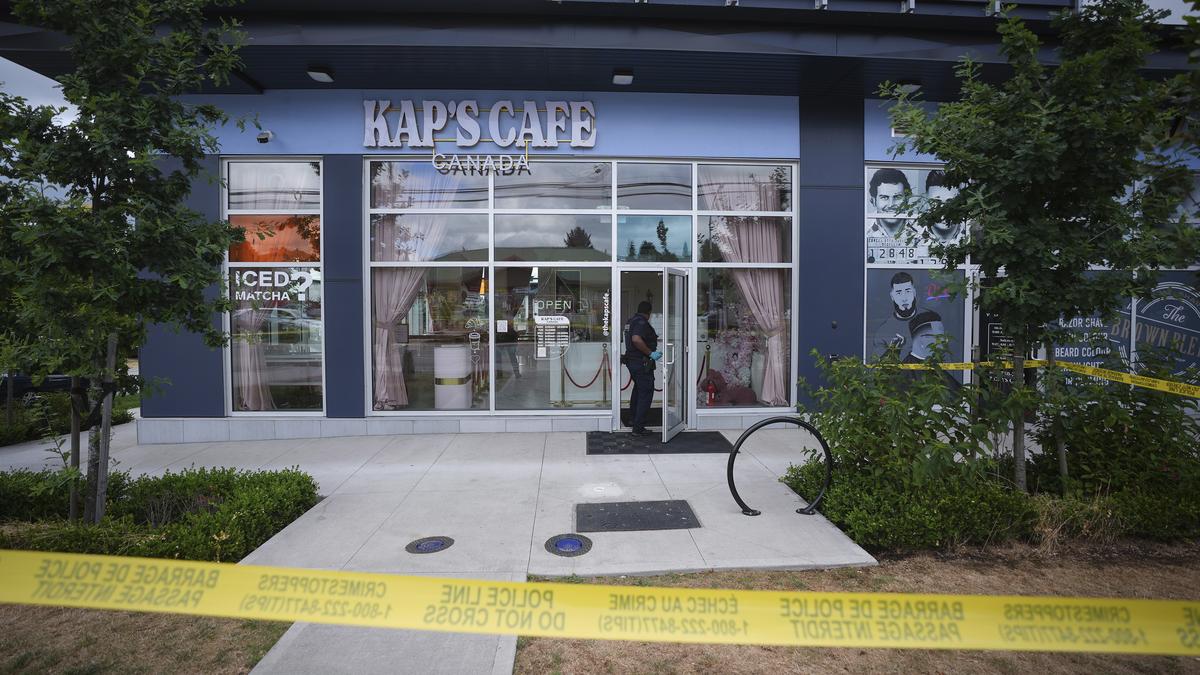The combination of teclistamab-cqyv (Tecvayli) and daratumumab and hyaluronidase-fihj (subcutaneous daratumumab; Darzalex Faspro) demonstrated an improvement in progression-free survival (PFS) and overall survival (OS) compared with subcutaneous daratumumab plus pomalidomide and dexamethasone (DPd) or subcutaneous daratumumab plus bortezomib and dexamethasone (DVd) in patients with relapsed or refractory multiple myeloma who received 1 to 3 prior lines of therapy, according to topline data from the phase 3 MajesTEC-3 trial (NCT05083169).1
Additionally, the safety profile of teclistamab with daratumumab was consistent with the known safety profiles of each agent as monotherapy. Full results from the phase 3 study are expected to be presented at an upcoming medical meeting and submitted to global health authorities for review.
“[Teclistamab] is the most utilized BCMA[-targeted] bispecific [antibody] in later lines of myeloma treatment, supported by extensive clinical and real-world evidence. These results [from MajesTEC-3] demonstrate the clinical benefits of teclistamab in earlier lines when used in combination, as evidenced by meaningful PFS and OS outcomes,” Maria-Victoria Mateos, MD, PhD, a consultant physician in Hematology at the University Hospital of Salamanca, stated in a news release. ” [Teclistamab and subcutaneous daratumumab] uniquely work together to target both BCMA and CD38 simultaneously, priming and activating the immune system and eliminating myeloma cells.”
In October 2022, the FDA granted accelerated approval to teclistamab for the treatment of adult patients with relapsed or refractory multiple myeloma who have received at least 4 previous lines of therapy, including a proteasome inhibitor (PI), an immunomodulatory agent, and an anti-CD38 monoclonal antibody.2
Teclistamab Plus Daratumumab in R/R Multiple Myeloma
- MajesTEC-3 showed teclistamab plus subcutaneous daratumumab improved PFS and OS vs DPd or DVd in relapsed/refractory multiple myeloma after 1 to 3 prior lines of therapy.
- The safety profile of the combination was consistent with the known profiles of each agent as monotherapy.
- Full data will be presented at an upcoming medical meeting.
What was the design of the MajesTEC-3 trial?
The phase 3 MajesTEC-3 trial was a randomized, open-label study designed to evaluate the efficacy and safety of teclistamab plus subcutaneous daratumumab compared with DPd or DVd in patients with relapsed or refractory multiple myeloma.3
Eligible patients were required to have a confirmed diagnosis of multiple myeloma after 1 to 3 prior lines of therapy that included a proteasome inhibitor (PI) and lenalidomide (Revlimid). Those who received only 1 prior line of therapy needed to be refractory to lenalidomide. Other key inclusion criteria comprised evidence of progressive disease, an ECOG performance status of 0 to 2, and adequate laboratory values.
Participants were randomly assigned to receive either teclistamab/daratumumab or investigator’s choice of DPd or DVd. In the experimental arm, step-up doses of teclistamab were administered prior to the first full dose.
Along with the primary end point of PFS and key secondary end point of OS, other secondary end points included overall response rate, very good partial response or better rate, complete response or better rate, minimal residual disease–negativity rate, time to second disease progression, PFS on next line of therapy, time to next treatment, duration of response, and safety.
“The MajesTEC-3 study results of [teclistamab and daratumumab], two of our most important agents, demonstrate Johnson & Johnson’s leadership in developing regimens with complementary and synergistic mechanisms of action for patients with multiple myeloma. We are confident this combination is poised to be a new standard of care option,” Yusri Elsayed, MD, MHSc, PhD, global therapeutic area head of Oncology at Johnson & Johnson Innovative Medicine, added in a news release.1 “The increase in PFS and OS is another example of how our portfolio is fundamentally transforming how patients with multiple myeloma are treated.”
References
- Tecvayli plus Darzalex Faspro combination regimen significantly improves progression-free survival and overall survival versus standard of care. News release. Johnson & Johnson. October 16, 2025. Accessed October 16, 2025. https://www.jnj.com/media-center/press-releases/tecvayli-plus-darzalex-faspro-combination-regimen-significantly-improves-progression-free-survival-and-overall-survival-versus-standard-of-care
- FDA approves teclistimab-cqyv for relapsed or refractory multiple myeloma. FDA. October 25, 2022. Accessed October 16, 2025. https://www.fda.gov/drugs/resources-information-approved-drugs/fda-approves-teclistamab-cqyv-relapsed-or-refractory-multiple-myeloma
- A study of teclistamab in combination with daratumumab subcutaneously (SC) (Tec-Dara) versus daratumumab SC, pomalidomide, and dexamethasone (DPd) or daratumumab SC, bortezomib, and dexamethasone (DVd) in participants with relapsed or refractory multiple myeloma (MajesTEC-3). ClinicalTrials.gov. Updated October 10, 2025. Accessed October 16, 2025. https://clinicaltrials.gov/study/NCT05083169







